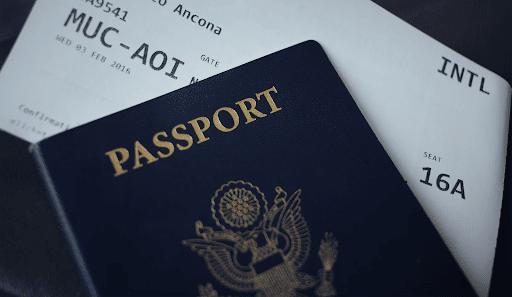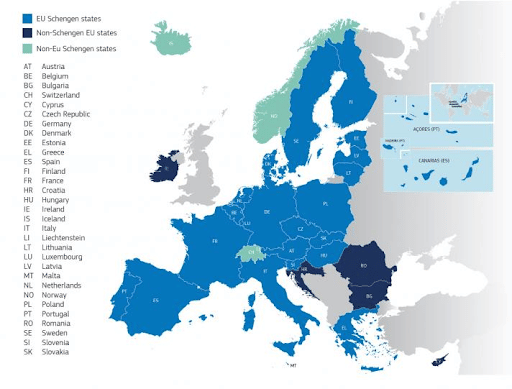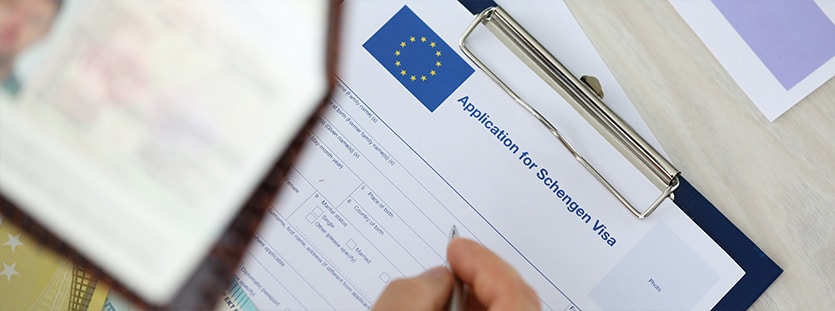Guide to Schengen Area 2022
When researching travel to or between other countries, the Schengen Area may appear across our and other international moving company websites. While the term might be familiar, you might not understand exactly what the Schengen Agreement means or which countries it affects. Understanding the Schengen Area can be key to deciding on moving to an EU or Schengen member country, or further afield to countries with aligning agreements.
After Brexit, UK citizens or those hoping to travel to the UK have been left a little confused about their options. While travel between the UK and the EU has become more difficult, the Schengen Agreement remains intact. But what exactly does this mean for Brits or EU citizens?

What is the Schengen Agreement?
The Schengen Agreement is a notion held between 26 countries to permit free movement. This is not to be confused with the European Union, as these are two entirely separate entities. When travelling between two countries that are in the Schengen Area, you will not need to show your passport, as there are no border controls in place between Schengen Countries.
Is the UK in the Schengen Area?
The Schengen Area and the European Union were never synonymous with one another – this means that not all EU members are included in the Schengen Agreement, and there are Schengen members that are not part of the EU. The latter was the case for the UK prior to Brexit, meaning there has been no change for Brits travelling abroad in relation to the Schengen visa.

Schengen Area Countries 2022
It’s important to be wary of which countries are in the Schengen Agreement. The following nations are included within the Schengen Area, permitting border-control-free transit.
- Austria
- Belgium
- Bulgaria
- Switzerland
- Cyprus
- The Czech Republic
- Germany
- Denmark
- Estonia
- Greece
- Spain
- Finland
- France
- Croatia
- Hungary
- Ireland
- Iceland
- Italy
- Liechtenstein
- Lithuania
- Luxembourg
- Latvia
- Malta
- The Netherlands
- Norway
- Poland
- Portugal
- Romania
- Sweden
- Slovenia
- Slovakia

Image Credit: European Commission
What is a Schengen Visa?
When travelling to a country that is a member of the Schengen Agreement, it is possible to acquire a Schengen Visa. With a Schengen Visa, a person is permitted to circulate in the Schengen Area for a short period of time, either staying within the territory or transiting through Schengen State airports.
The Schengen visa allows a stay within the Schengen Area for a maximum period of 90 days in any 180-day period. This means you can spread out these 90 days within 180 days, however, if you remain for the full 90 days, you will not be permitted to return for another 90-day term.

If you wish to live, work, or study in a Schengen member country for longer than 90 days, you’ll need to apply for a more permanent national visa for your chosen country. For travel around Europe, a Schengen Visa is necessary for citizens from several countries wishing to enter Schengen Area countries.
Britons will be pleased to know that, even after Brexit, a Schengen Visa is not necessary for short-term stays in member countries.
When moving abroad, visas can be a very difficult aspect of travel to navigate. Our country guides are an excellent source of information for which documents you’ll require when moving to a wide range of abroad destinations. For more detailed information, international moving advice from Global Moving Services is an ideal next step, with professional guidance from move managers.






